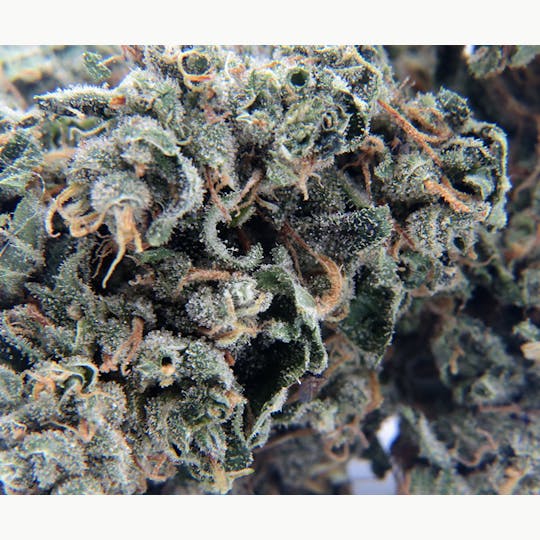
Durban Poison
100% Sativa -- Terpenes: Terpinolene, Ocimene & Myrcene
Genetics: Original Landrace Strain
Effects: An energetic and focused experience (Focused, Uplifted)
Flavors: Subtle piney notes with a strong lemony aroma (Citrus, Pine, Sweet)
Suggested Activity: Active Time
- Earthy
- Woody
- Spicy/Herbal
Naturally Sweet - Soil Based. Organically Fed. Slow Cured.
The secret to growing organic cannabis all starts with the foundation. Our “living” soil provides an environment for organic life to breakdown essential nutrients which in-turn feed our plants naturally as intended by Mother Nature.
There are many ways to feed cannabis, but we take pride in using only organic inputs rather than salts, chemicals, or anything that is synthetically produced. Not only is this better for our environment, but it also boosts natural terpene content.
The most overlooked, yet essential part of the entire seed-to-sale process resides in the cure. Maintaining the proper moisture content and temperature in addition to the length of cure is crucial to obtain a smooth and flavorful smoke.
Durban Poison has deep roots in the Sativa landrace gene pool. The strain’s historic phenotypes were first noticed in the late 1970s by one of America’s first International strain hunters, Ed Rosenthal. According to cultivation legend, Rosenthal was in South Africa in search of new genetics and ran across a fast flowering strain in the port city of Durban. After arriving home in the U.S., Rosenthal conducted his own selective breeding process on his recently imported seeds, then begin sharing. Rosenthal gave Mel Frank some of his new South African seeds, and the rest was cannabis history.
Frank, who wrote the “Marijuana Grower’s Guide Deluxe" in 1978, modified the gene pool to increase resin content and decrease the flowering time. In search of a short-season varietal that could hit full maturation on the U.S. East Coast, Frank’s crossbreeding efforts resulted in two distinct phenotypes, the “A” line and “B” line. The plant from Frank’s “A” line became today’s Durban Poison, while the “B” line was handed off to Amsterdam breeder David Watson, also known as “Sam the Skunkman.”
Durban Poison has a dense, compact bud structure that’s typical of landrace Indica varieties, but the flowers’ elongated and conical shape is more characteristic of a Sativa.

